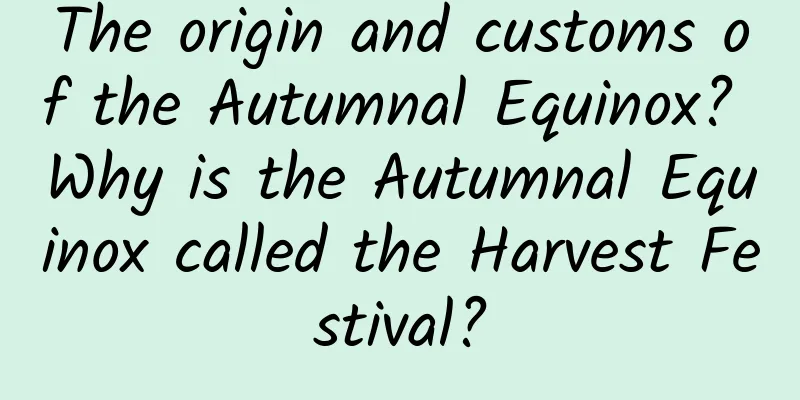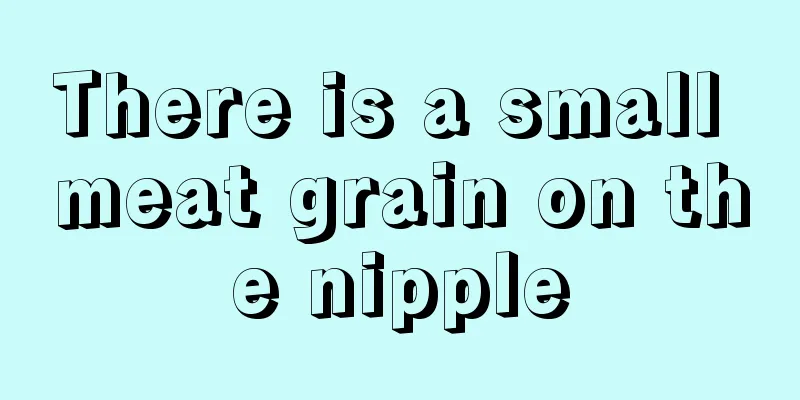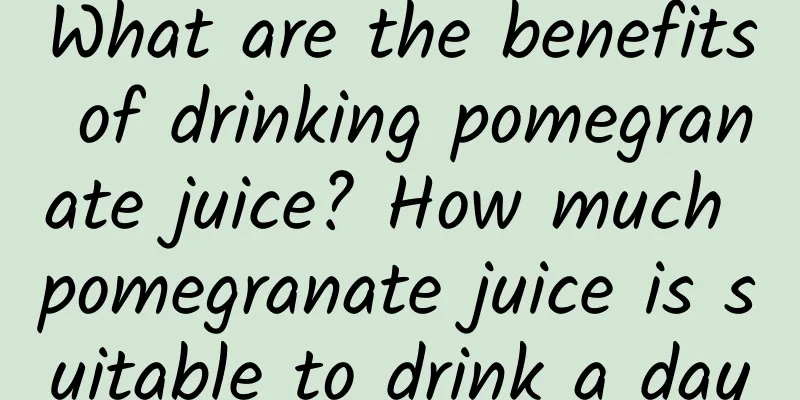The origin and customs of the Autumnal Equinox? Why is the Autumnal Equinox called the Harvest Festival?

|
The Autumnal Equinox is the fourth solar term in autumn. When the solar term arrives, the weather is fine, the sweet osmanthus is fragrant, the crabs are plump and the chrysanthemums are yellow. It is a scene of a bumper harvest with fragrant fruits and full granaries. Planting in spring and harvesting in autumn, spring flowers and autumn fruits, a year of hard work, and abundant fruits in the golden autumn season, best reflects the joy of a good harvest. Today we are going to learn about the origin and customs of the Autumnal Equinox. Contents of this article 1. The Origin and Customs of the Autumnal Equinox 2. Why is the Autumnal Equinox called the Harvest Festival? 3. Which solar term is the Autumnal Equinox? 1The Origin and Customs of the Autumnal EquinoxThe ancients established it to guide life and agricultural production. The Autumnal Equinox is one of the 24 solar terms. The original meaning of the 24 solar terms is that our ancestors determined the 24 dates based on years of research and calculation to guide life and agricultural production. According to the seasons and representations, they gradually established the 24 solar terms we are familiar with now. The origin of the Autumnal Equinox is the same. The Autumnal Equinox is the fourth solar term in autumn, which means that autumn is equal. Therefore, in ancient times, there were grand celebrations at the beginning of autumn. These activities are now mainly concentrated in places far away from cities. Moreover, the Autumnal Equinox is now called the "Chinese Farmers' Harvest Festival", and every year, activities to celebrate the harvest are held to celebrate. The Autumnal Equinox is located on the 90th day of autumn, in the middle of autumn, and has the meaning of equalizing autumn. On the day of the Autumnal Equinox, the sun reaches 180° of the ecliptic longitude (the autumnal equinox point), almost directly shining on the earth's equator. The day and night are equal in length all over the world. After that, the daytime will be significantly shortened, the night time will gradually lengthen, and the climate will become much more comfortable. 2Why is the Autumnal Equinox called the Harvest Festival?The Autumnal Equinox is called the Harvest Festival because the temperature begins to drop after the Autumnal Equinox, making the autumn harvest, autumn plowing and autumn planting very intense. Winter wheat planting begins in North China, and the Yangtze River Basin and vast areas in the south are also busy harvesting late rice, plowing the land when the weather is sunny, and preparing for the planting of rapeseed. Therefore, the Central Committee of the Communist Party of China approved that the Autumnal Equinox of the lunar calendar will be the "Chinese Farmers' Harvest Festival" since 2018. The Autumnal Equinox is the fourth solar term in autumn and it is the festival that best represents a good harvest. When the Autumnal Equinox arrives, the weather is fine, the sweet osmanthus is fragrant, the crabs are plump, and the chrysanthemums are yellow. It is a scene of a good harvest with fragrant fruits and full warehouses. Planting in spring and harvesting in autumn, spring flowers and autumn fruits, a year of hard work, and fruitful results in the golden autumn season, which best reflects the joy of a good harvest. The Autumnal Equinox is called the Harvest Festival because the temperature gradually drops after the arrival of the Autumnal Equinox, making the autumn harvest, autumn plowing and autumn planting particularly intense. Winter wheat is planted in North China, late rice is harvested in the Yangtze River Basin and vast areas in the south, and the land is plowed in preparation for rapeseed planting. The scene of harvest is everywhere. Establishment of the Harvest Festival After the arrival of the Autumnal Equinox, cotton begins to produce seeds, tobacco leaves begin to turn from green to yellow, and rice begins to mature. The whole country is busy with autumn harvest. With the approval of the Central Committee of the Communist Party of China, the Autumnal Equinox has been established as the "Chinese Farmers' Harvest Festival" since 2008. During the festival, there are cultural performances and agricultural competitions. 3Which solar term is the Autumnal Equinox?The Autumnal Equinox is the sixteenth solar term among the twenty-four solar terms and the fourth solar term in autumn. The Autumnal Equinox falls on September 22-24 of the Gregorian calendar every year. On this day, the sun is almost directly above the earth's equator, and the length of day and night is equal all over the world. The Autumnal Equinox falls exactly in the middle of the 90 days of autumn, which means "equally dividing the beauty of autumn", so it is called the Autumnal Equinox. As we all know, there are 24 solar terms in a year, and the Autumnal Equinox is the 16th solar term among the 24 solar terms, and it is also the fourth solar term in autumn. The Autumnal Equinox is exactly in the middle of the 90 days of autumn, so it means to divide the autumn colors equally, and the name of the Autumnal Equinox comes from this. After the arrival of the Autumnal Equinox, the position of the sun begins to move towards the Southern Hemisphere. At this time, the Northern Hemisphere will experience longer days and shorter nights. The days will gradually become shorter and the nights will gradually become longer until the Winter Solstice, when the dark leaves are the longest and the days are the shortest. The temperature difference between day and night also gradually increases, and the temperature begins to gradually drop. Customs of the Autumnal Equinox In the Lingnan region of my country, the Hakka people have the custom of eating autumn vegetables, which are a kind of wild amaranth. Eating autumn vegetables means keeping safe and healthy. At the same time, on the day of the Autumnal Equinox, Hakka farmers have the custom of placing glutinous rice balls on the edge of the field with thin bamboo forks, which is called "sticking sparrows' beaks" to prevent sparrows from destroying crops. At the same time, there are also customs of flying kites, sending autumn cattle, and offering sacrifices to the moon on the Autumnal Equinox. |
<<: How can we save Zhen Huan from frostbite, which even she cannot escape?
>>: Parents must-have | Is your child color blind? Take the test
Recommend
What should I do if a woman has black hair on her chin?
The phenomenon of black hair growing on women'...
What is bleeding during sexual intercourse?
Vaginal bleeding is a common symptom of female re...
What seasonings are added to stewed mutton soup? Does mutton soup cause internal heat?
The cold and dry winter has entered our lives. I ...
What is the reason for stinging pain in the urethra when urinating?
In the hot summer, people sweat easily. If female...
What to do if you have constipation during the eleventh week of pregnancy
Many female friends do not understand the various...
What color is the blood of threatened miscarriage?
Threatened abortion has been a common problem in ...
How to increase your chances of pregnancy
There is a probability in doing anything. After a...
My period stopped for two days and came back again. What happened?
Women should be very aware of their menstrual per...
After taking the milk-reducing medicine, will the second baby have milk?
As the baby grows up little by little, he begins ...
Parts of a woman's body
In the process of human reproduction, men and wom...
Can I take Qinghuo capsules during breastfeeding?
Qinghuo Capsule is also a relatively common medic...
Will a long menstrual cycle lead to delayed implantation?
Menstruation is a sign of the maturity of the fem...
About the four-dimensional color Doppler ultrasound of the four-month-old fetus
As the pace of the world gets faster and faster, ...
What are the best days for women to conceive?
Many couples who are planning to have a baby want...
What does a positive test for fungus mean?
Because of the special structure of female reprod...









